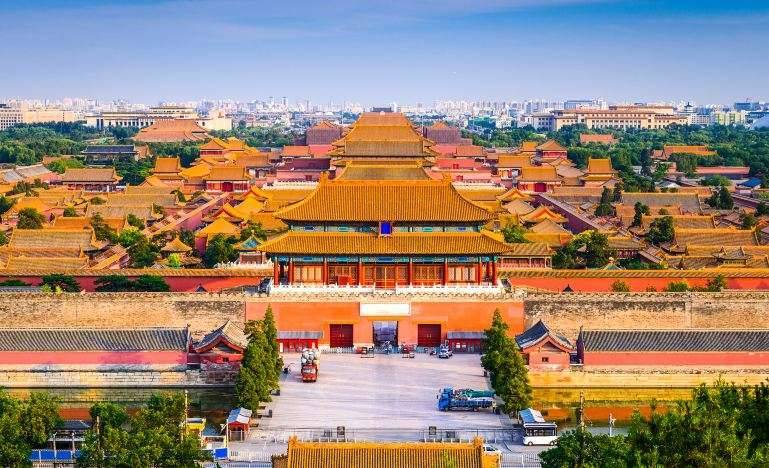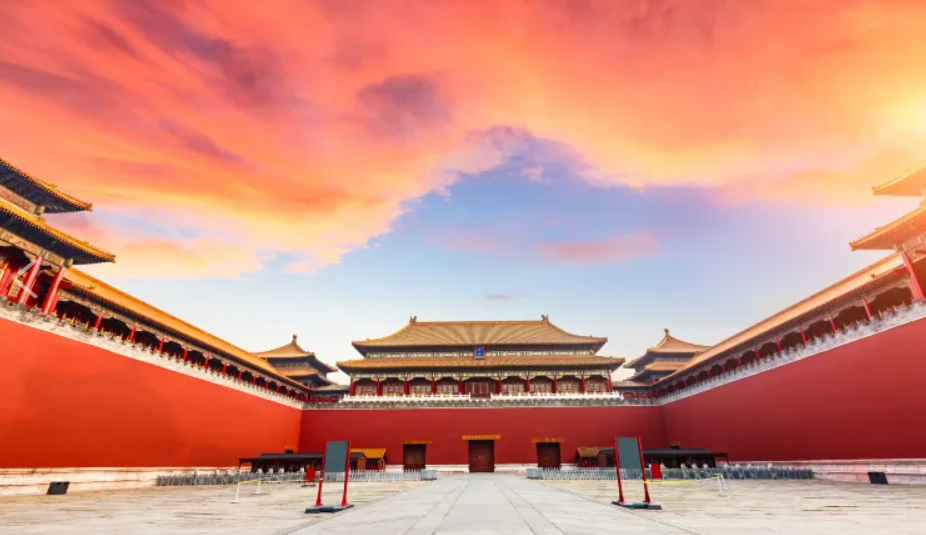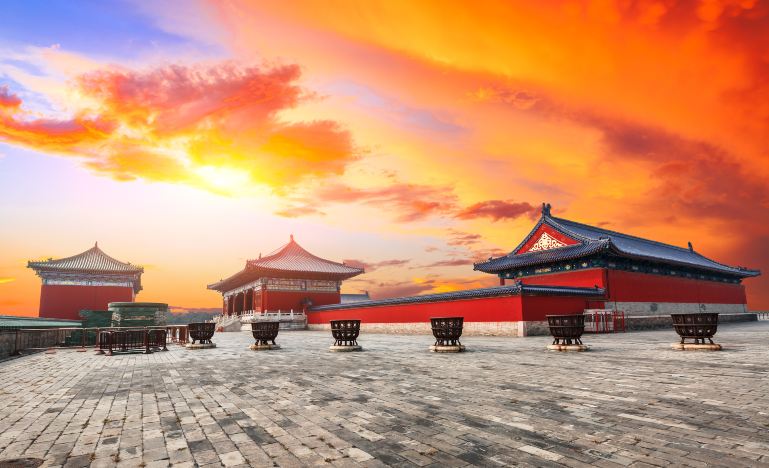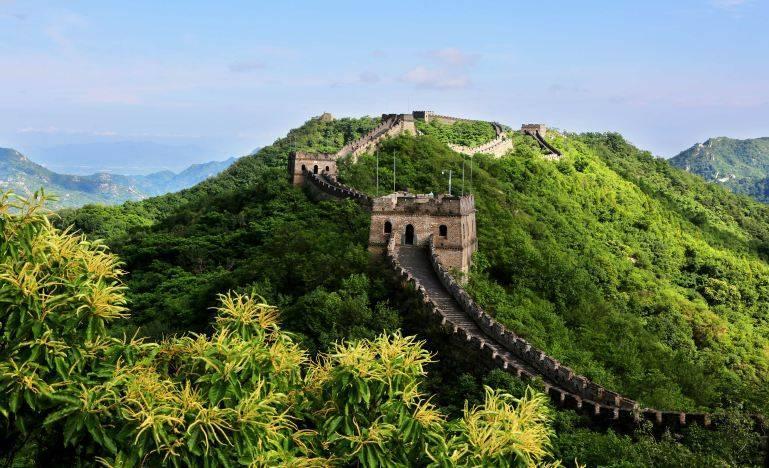
Beijing Essentials: 2-Day Classic City Tour
Product information
In-depth-CulturalGuided-PersonalizedPrivate-Partially
Reviews
5 out of 5 stars
With five thousand years of glorious history, the world-renowned Huaxia civilization is breathtaking. The resplendent Forbidden City and the winding Great Wall showcase the brilliance of Eastern culture.
Highlights
- Forbidden City Immersive Tour, Experience the Epochs of this Ancient Palace with Us
- From Ancient Marvels to Modern Day Living
Itinerary
DAY 1 Tiananmen Square - Forbidden City - Temple of Heaven
Your guide will meet you in the hotel lobby to begin exploring the historic city of Beijing, the Forbidden City, the largest and most complete ancient palace in the world. You will walk to Jingshan Park, where you can enjoy the beautiful view of the Forbidden City from the top of Coal Hill.
The Forbidden City is one of the most well-preserved and largest wooden structure ancient architectural complexes in China and even the world. These magnificent buildings can be divided into two main parts: the "Outer Court" and the "Inner Court." The Qianqing Gate serves as the boundary, with the Outer Court located to the south, where the emperor handled state affairs, and the Inner Court to the north, where the imperial harem resided, serving as the emperor's family living quarters. Walking through the Hall of Supreme Harmony, the Qianqing Palace, and the Kun Ning Palace, and enjoying the flowers and plants in the emperor's garden, one feels as though they've traveled back in time to a historical drama.
The Forbidden City houses a large number of precious cultural relics, with estimates of over one million items. Due to the variety of relic types, it is divided into multiple exhibition halls. Among them, the Treasure Hall and the Clock Museum are particularly noteworthy. The Clock Museum hosts clock demonstrations at 11 AM and 2 PM every day, showcasing a variety of uniquely designed antique mechanical clocks from the Qing Dynasty, which are sure to broaden your horizons.



Enjoy lunch at an authentic Chinese restaurant along the way
Visit the Temple of Heaven, the Temple of Heaven is a sacrificial altar used by the emperors of the Ming and Qing dynasties to worship heaven, pray for rain, and seek a bountiful harvest. It is a famous ancient architectural site in the country. The altar area is circular in the north and rectangular in the south, symbolizing "Heaven is round and the Earth is square." The entire Temple of Heaven is divided into two parts: the Inner Altar and the Outer Altar, where well-known structures like the Hall of Prayer for Good Harvests and the Echo Wall are located in the Inner Altar.
Area Overview
The inner altar is divided into northern and southern parts by palace walls, with the northern section being the "Qigu Altar," where the emperor held the grand ceremony of praying for grain in spring, praying for favorable weather and a bountiful harvest. Major buildings include the Hall of Prayer for Good Harvests, the Hall of Imperial Goodness, the East and West Side Halls, the Gate of Prayer for Good Harvests, the Divine Kitchen, the Sacrificial Pavilion, and the Seventy-Two Corridors.
The southern part is the "Altar of Heaven," an open-air three-tier circular stone altar where the emperor held the winter solstice ceremony. The main structures include the Altar of Heaven, the Imperial Vault of Heaven, its accompanying halls, the Divine Kitchen, the Three Storehouses, and the Sacrificial Pavilion.
The connection between the two altars is a stone platform that is 360 meters long, 28 meters wide, and 2.5 meters high, known as the "Spirit Path," also referred to as "Sea Mat Avenue," or "Danbi Bridge," symbolizing the long road that must be traversed to reach the heavenly court.



Return to the hotel, and on the way you can plan a night show or a Peking duck dinner with the guide and seek recommendations.
DAY 2 Mutianyu Great Wall - Bird's Nest - Water Cube
Your guide will meet you in the hotel lobby, and then start exploring the Great Wall.
The Mutianyu Great Wall is located in the Huairou District of Beijing, connecting to the Juyong Pass to the west and Gubeikou to the east. It has historically been a strategic military point guarding Beijing, known as the "Majestic Pass of Weiling." The architectural style of the Mutianyu Great Wall is unique, with dense watchtowers, particularly the rare main pass with three watchtowers standing together.


Enjoy lunch at a local Chinese restaurant near the Great Wall.
Drive back to Beijing, and you can take a short nap in the car. Visit the exterior of the Bird's Nest and the Water Cube, both of which are stunning buildings constructed for the Beijing Olympics. Return to the hotel for free activities.
The Bird's Nest (National Stadium) is located at the northern end of the central axis of Beijing. It served as the main stadium for the 2008 Beijing Olympics and, with its grand appearance and hosting of numerous international competitions, has become one of Beijing's new landmarks in recent years.
The Water Cube (National Aquatics Center) is located on the northern side of downtown Beijing. The architecture is very unique, with its exterior made up of over 3,000 irregularly shaped air cushions, resembling water molecules in a blue sea from afar. At night, the colorful lights are stunning, making it a great place for night photography.




